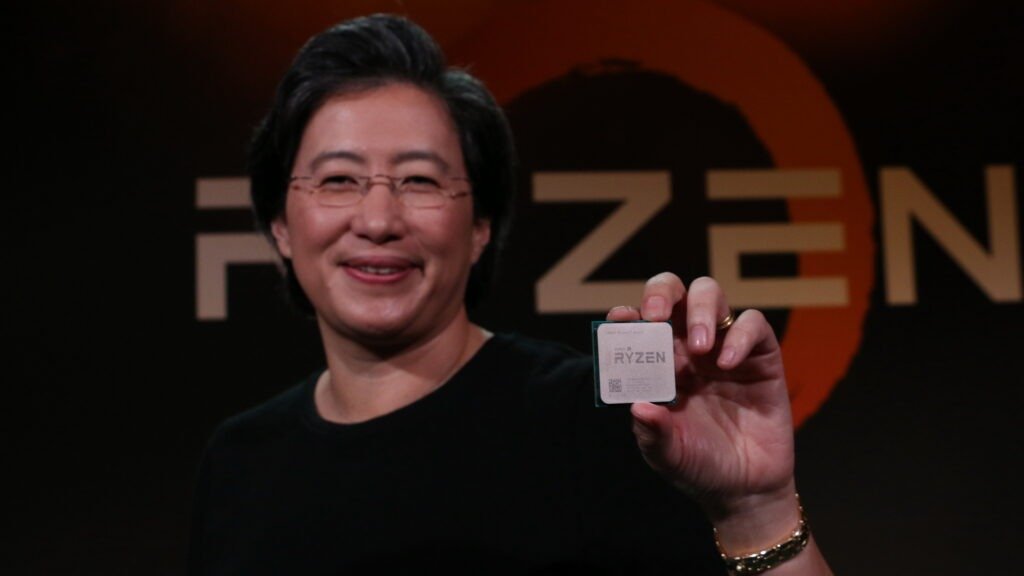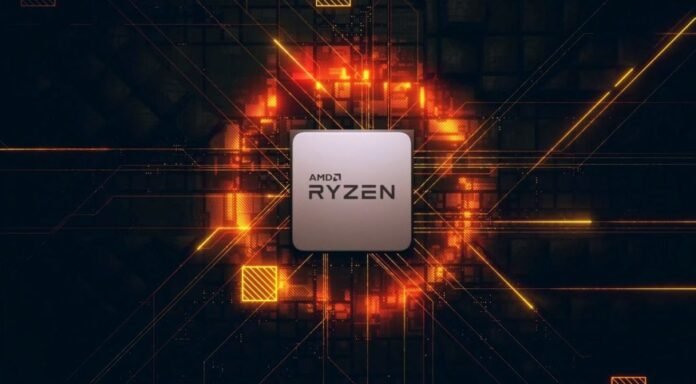AMD currently holds 20.2% laptop processor sales . Data provided by Mercury Research for the 3rd quarter confirms this. AMD is gaining more and more market share in the x86 microprocessor sector.
Why this significant increase in market share?
AMD has been able to evolve its products and present new architectures. Which is not the case for its eternal rival Intel, which is technologically behind, only talking about the new 10 nanometer engraving process.
Lisa Su's team will release the Ryzen 5000 series processors based on the Zen 3 tomorrow, November 5, 2020 . It will release the Ryzen 5 5600X, the Ryzen 7 5800X, the Ryzen 9 5900X and the Ryzen 9 5950X. Intel, for its part, will only release the Rocket Lake in Q1 2021 . Which leaves AMD a good head start in capturing more and more market share for this end-of-year season.
According to analyzes by Mercury Research, AMD reached 22.4% market share in the sale of X86 processors (without IoT). That's an increase of 4.1% compared to Q2 and an improvement of 6.3% compared to Q3 2019. For desktops, AMD holds 20.1%. This translates to an increase of 0.9% compared to Q2 this year and an improvement of 2.1% compared to Q3 last year.

Which market segment is AMD increasingly digging into?
If we look closely at the statistics, AMD especially beat Intel on high-end products. Indeed, AMD continues to innovate in this area while Intel is falling behind. This is what analyst Dean McCarron confirms by stating that 60% of AMD's sales come from these high-end desktop computers: Matisse , Pinnacle Ridge etc. The analyst adds that if we only take into account the entry level, Intel will beat AMD.
For the laptop sector, AMD currently holds 20.2%. It is 0.3% more compared to Q2 2020 and 5.5% more compared to the same period last year. Intel is nevertheless limiting the damage with its entry-level products such as Core i3, Pentium and Celeron processors.
What about the server industry?
For the server sector, if we only take into account EPYC and Xeon Scalable , AMD has a market share of 12.1% . Which is much higher than that of Intel (10.4%). This is explained in particular by declines in Intel sales for businesses and government establishments. But Intel slowed down AMD's lead by pushing hard on the Atom SoC. Thus, on average taking into account all categories of servers, AMD only captures 6.6% of the market share for an increase in market share of only 0.8%.
In short, AMD is performing very well this year and particularly for Q3 2020. Intel just has to behave and present its new generation processors as quickly as possible.




